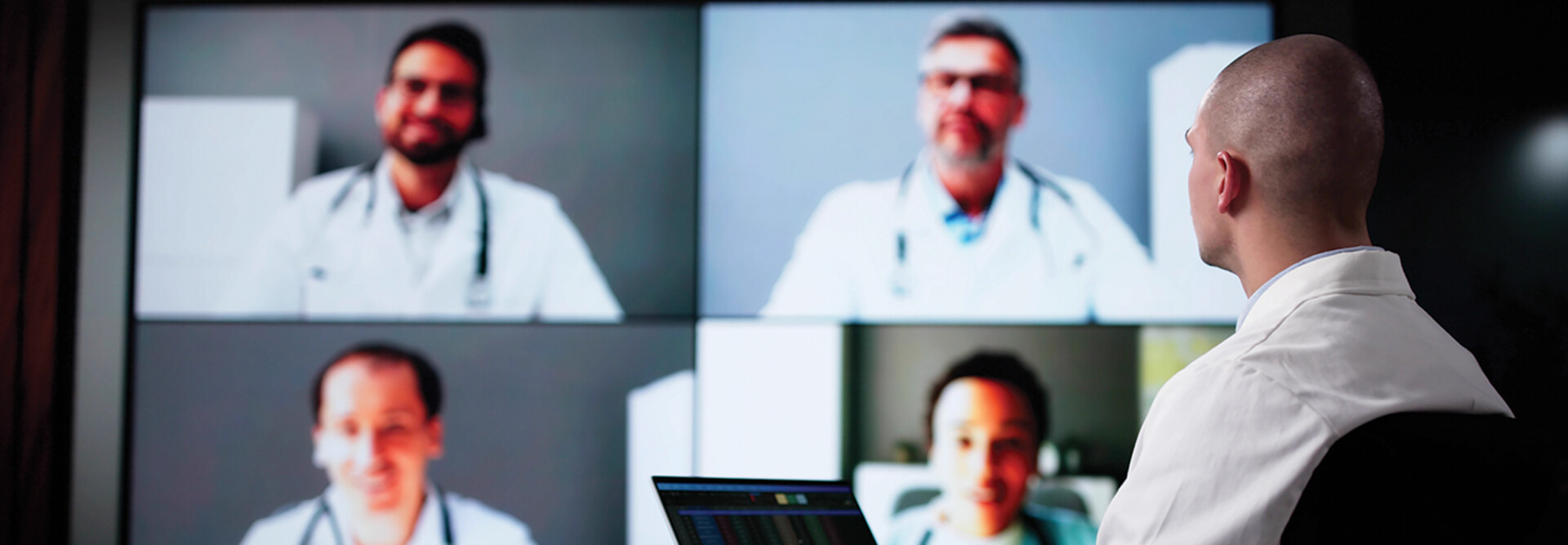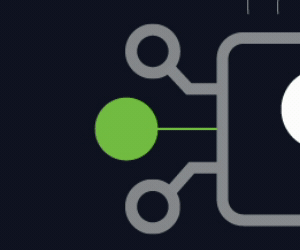Zero-Trust PAM for Distributed Healthcare Teams
For healthcare organizations, PAM is essential for two main reasons: It helps protect their highly valuable data and their mission-critical systems. But PAM becomes even more crucial for organizations that have remote or hybrid workers or that work with an intricate mix of third parties such as contractors, technology vendors and service providers.
Many remote or hybrid workers work on the health system’s devices with the entire security stack, such as anti-malware, endpoint/extended detection and response, and data loss prevention software. But it’s a different situation when service providers’ remote or hybrid workers use equipment that the organization does not own.
“There’s no real perimeter. The castle-and-moat paradigm is dead,” Burleson-Davis says.
That’s why, instead of a network perimeter-based security approach, organizations with zero-trust PAM extend their security boundaries to the people accessing their systems.
“If we’re going to allow a remote worker to access any type of sensitive data, we want that remote system to be, for all intents and purposes, part of the organization. It should not be an unmanaged or personal device,” Monks says. “Zero trust has the tagline that identity is the new boundary, and that does work well in a remote or hybrid workplace.”
PAM allows healthcare organizations to gain visibility on and monitor authentications and authorizations globally, both onsite and remotely. Whether with face recognition, passkeys or ID verification, PAM’s high levels of authentication provide assurance of the user’s identity.
READ MORE: IAM addresses the challenges of increasingly complex IT environments.
Risk-Based Authentication for Healthcare Users
User identity alone is not enough, however. A PAM solution also considers a user’s normal behavior patterns and determines any deviation from the norm.
PAM considers a range of factors and risks to determine if access should be granted or denied, such as the type of data that a user wants to access, whether the data is sensitive or not, and whether such a request from that user is normal or not.
Is the individual working from their usual home office and during their usual hours? Or are their location and time suddenly different? Has a user who typically logs in to the EHR system just once a week been logging in to that system several times a day?
These risk signals indicate that further authentication, such as with a passkey or with step-up authentication for users already connected to the system, may be needed.
“They are very adaptive in nature,” Monks says of PAM solutions that leverage intelligent behavior analytics. “It’s about understanding the context of the request: where the user is connecting from, what type of data access they want and what type of device they’re on.”












